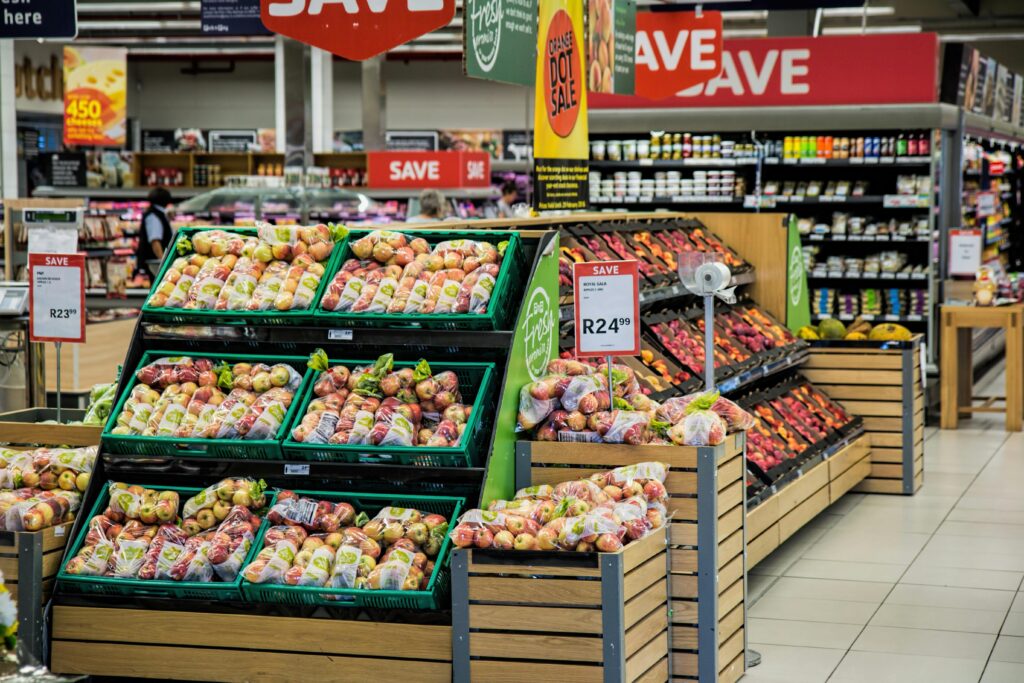Ever walked into a grocery store with good intentions, only to leave with a receipt longer than your arm and zero healthy items in your cart? Yeah, we’ve been there too.
In this post, we’ll cover how you can shop smarter for healthy grocery options even on tight budgets. You’ll learn about budget-friendly markets that prioritize fresh produce, ways to navigate their aisles effectively, tips for avoiding impulse buys, real examples from shoppers who nailed it, and answers to FAQs like “How do I eat organic on $50/week?”
Table of Contents
- Key Takeaways
- Why Healthy Grocery Shopping Feels Impossible
- Step-by-Step Guide to Finding Affordable Healthy Groceries
- Best Practices for Maximizing Savings
- Success Stories: Real-Life Examples
- Frequently Asked Questions
Key Takeaways
- Budget-friendly stores aren’t just for bargain hunters—they often stock surprising gems of healthy food.
- Meal planning is king when shopping at these markets.
- Look beyond flashy packaging and opt for whole-food staples like beans, rice, eggs, and frozen veggies.
- Shopper loyalty programs (yes, they exist here!) are worth signing up for.
Why Healthy Grocery Shopping Feels Impossible
Let’s vent: Ever tried buying kale but felt sticker shock worse than a parking ticket fine? Or maybe you thought you’d save money by opting for pre-cut fruits—only to realize you paid double per pound? The struggle is real.

This happens because “healthier” options tend to come with higher prices due to processing costs, branding, or simply being trendy (*cough* avocado toast *cough*). And if you’re navigating smaller markets like Tops Friendly Markets—which offer competitive pricing—you might feel overwhelmed trying to find true health value.
But guess what? There’s hope. With some insider know-how, you can sidestep the fluff and focus on nourishing picks without draining your wallet.
Step-by-Step Guide to Finding Affordable Healthy Groceries
Step 1: Ditch the Impulse Lane
Don’t touch that candy bar strategically placed next to the register. Seriously. Stick to a list and stick to it hard.
Step 2: Shop Seasonal Produce
Tops Friendly Markets has killer sales on seasonal items. If apples are dirt cheap in autumn, stock up—they freeze beautifully!
Step 3: Buy Bulk Staples
Opt for dry grains, legumes, nuts, and seeds in bulk bins instead of packaged versions. Bonus: fewer plastic bags clogging landfills!
“Optimist You:” Follow these steps!
“Grumpy You:” Ugh, fine—but only if there’s coffee involved.
Best Practices for Maximizing Savings
- Leverage Loyalty Programs: Yes, even discount stores have rewards cards. Use them.
- Avoid Pre-Packaged Snacks: DIY trail mixes cost less and are healthier.
- Frozen Over Fresh: Contrary to popular belief, frozen fruits and veggies are just as nutritious—and cheaper.
- Use Coupons Wisely: Apps like Ibotta or paper flyers still work wonders.
And don’t get me started on oversized portions. Why does every salad kit need three servings’ worth of dressing?! It’s wasteful AND expensive.
Success Stories: Real-Life Examples
Take Jane Doe, a single mom juggling two jobs. She swears by meal-prepping quinoa bowls using ingredients sourced exclusively from Tops. Her secret? Sticking to generic brands whenever possible. “The savings add up,” she says. “I used to think eating healthy was out of reach, but with smart choices, it’s totally manageable.”

Frequently Asked Questions
Can I really eat organic on $50/week?
Short answer: Yes, but creatively. Focus on prioritizing organic versions of the Dirty Dozen while keeping other staples conventional.
What should I avoid at budget markets?
Avoid anything marketed as “low-fat” unless it’s unprocessed. Often, those products are loaded with sugar to compensate for taste.
Conclusion
Finding healthy grocery options at places like Tops Friendly Markets doesn’t have to feel daunting anymore. Stick to seasonal picks, leverage bulk sections, and resist flashy marketing tactics.
Now go forth, fellow thrifty nutritionista—armed with knowledge and perhaps slightly less guilt over last month’s accidental Oreos spree.
Like dial-up internet, healthy shopping takes patience—but pays off big-time. 🌟


